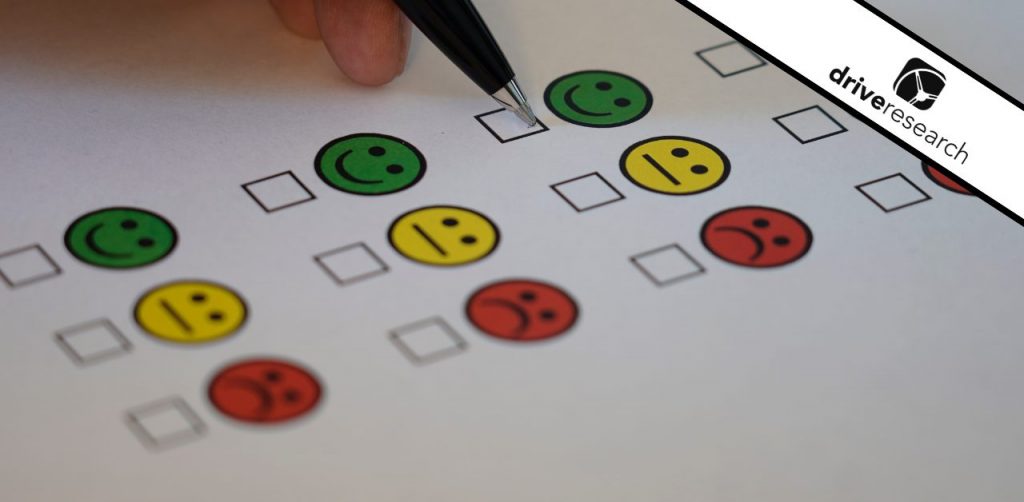
In market research, understanding respondent biases is crucial for accurate data interpretation. The Halo Effect is a great example of market research bias that can significantly impact how individuals evaluate various aspects of a product, service, or company.
This blog delves into what the Halo Effect is, provides examples, explores its implications, and offers strategies to mitigate its impact in market research.
Defining the Halo Effect
The Halo Effect occurs when a respondent’s overall positive or negative perception of a company, experience, or product influences their ratings of specific criteria within a survey. This bias can lead to skewed data, as general feelings overshadow more objective evaluations.
Example 1: Positive Halo Effect
Consider a loyal Coca-Cola customer. When asked to participate in a survey about Coca-Cola, their strong affinity for the brand influences their ratings across various attributes, such as price, packaging, and availability.
Even if some aspects might not be superior, the respondent’s general positive feeling towards Coca-Cola elevates all ratings, creating a halo of positivity.
Example 2: Negative Halo Effect
Imagine a customer who has decided to purchase a Jeep Grand Cherokee. Despite extensive research and a firm decision, their experience at the dealership is marred by a salesperson’s poor service.
When later asked to rate their vehicle buying experience, the negativity of their interaction with the salesperson taints their responses across the board. Even aspects like vehicle performance, which are unrelated to the salesperson, receive lower scores due to the negative Halo Effect.
Impact of the Halo Effect in Market Research
The Halo Effect can significantly distort market research data, leading to wrong conclusions and misguided business decisions. Understanding its impact is essential for researchers and businesses aiming to make data-driven decisions.
Positive Bias
In cases where a brand enjoys strong loyalty or positive sentiment, the Halo Effect can artificially inflate ratings across various attributes. This can create an overly favorable view of the brand, masking potential areas for improvement.
Negative Bias
Whereas negative experiences, particularly in service-oriented industries, can lead to uniformly low ratings. This negative Halo Effect can obscure strengths and exaggerate weaknesses, leading to an unfairly negative perception of a product or service.
Reducing the Halo Effect Bias
To ensure more accurate data, researchers can employ several strategies to minimize the Halo Effect:
Diverse Question Framing
Varying the wording and order of questions can help mitigate the influence of overall sentiment on specific responses. By breaking the pattern of uniform questions, researchers can encourage more thoughtful and nuanced answers.
Balanced Response Scales
Using balanced response scales that include both positive and negative options can help respondents provide more precise ratings. Ensuring that scales are clearly defined and easy to understand can also reduce bias.
Contextual Analysis
Analyzing responses in context and comparing them with other data points can help identify and account for the Halo Effect. Cross-referencing survey results with qualitative feedback and other metrics provides a more comprehensive understanding.
Blind Testing
When feasible, conducting blind tests where respondents are unaware of the brand or product they are evaluating can significantly reduce bias. This approach focuses responses on specific attributes rather than overall brand perception.
Contact Our Company For Help With Market Research Services
At Drive Research, we understand the importance of accurate, unbiased data in making informed business decisions. Our team of experienced market researchers follows best practices to minimize the Halo Effect and other biases, ensuring you receive reliable and actionable insights.
Contact us today to learn how we can help you achieve your business goals with precise, trustworthy insights.



